|
During the early 19th century grave robbery became common practice due to the increased interest in medical science creating a demand amongst medical students for bodies to conduct medical research.
As historian Sarah Wise notes in her extensive study of the subject The Italian Boy in 1831 there were estimated to be around 800 medical students in London, Up until 1832 the only source of these bodies for medical studies were those of criminals hanged for murder. The number of bodies available to the students was far too low to accommodate their demand. Resurrection gangs were highly organised tight knit operators, networking in specific meeting places within travelling distance of medical schools, such as at the Bricklayers Arms public house on the Old Kent Road. For historians, how those caught in the act of grave robbery were dealt with by the courts sheds light on tensions between Victorian ‘laissez-faire’ economics and public morality. Resurrectionist gangs were despised amongst the general population, families of the deceased were left without closure, as their loved ones were taken and used without their consent. Additionally, the practice was dangerous as grave robbers often encountered angry mobs and were at risk of being caught and punished. Members of resurrectionist gangs would often scatter body parts around the homes of rival gangs to draw attention to them and arouse public hostility. However, despite this widespread public disdain, penal sentences for grave robbers were relatively light. In the eyes of the law, the dead human body did not belong to anyone and was not considered to be of material value. The maximum penalty was a fine or six months imprisonment. Cases were most likely to be tried as misdemeanours in a magistrate’s court and as a result very few records of court proceedings involving body snatching remain on public record. Resurrectionist gangs were careful not to take anything else from the grave to avoid more serious charges. In response to the growing problem of grave robbery, the Anatomy Act of 1832 was passed in the UK. The act allowed for the legal donation of bodies to medical schools and abolished the practice of using executed criminals as the only legal source of cadavers. It also allowed for the bodies of those who had died in workhouses to be used. While this put grave robbers out of business, disposing of the bodies of the poor in the same way as bodies of the hanged served to stigmatise poverty by equating the bodies of deceased paupers with the dead bodies of criminals in the public mind. Architectural historian, Professor James Stevens Curl’s research reveals that even though the business of grave robbery effectively ended in 1832 with the change in regulation, the repetition and fear surrounding the activities of the resurrectionist gangs lived on. Many families held onto corpses of relatives in their houses until they had decayed too far to be of interest to any anatomist. Furthermore for the multitude of the working population living on incomes just above workhouse poverty levels, a family bereavement posed serious economic difficulties. This also meant sanitary disposal of bodies would often have to be delayed until the bereaved raised the funds for a funeral. In conclusion the study of resurrection gangs and their activities can help historians shed light on changing Victorian attitudes towards death and memorial. The demand for cadavers for medical research led to the desecration of graves and the violation of the rights of the deceased and their families. While the Anatomy Act of 1832 helped to address the problem, it did not eliminate it. Further Reading Curl, J.S. (2004) The Victorian celebration of death. Stroud (Gloucester, England): Sutton. Wise, S. (2012) The Italian boy: Murder and grave-robbery in 1830s London. London: Vintage Digital. Written by Versus History Guest History Blogger Karl Brown (@MrBuddwing65). You can follow Karl on Twitter here.
0 Comments
The Vietnam War was a long, costly, and divisive conflict that ended when the United States left in 1975. Despite America deploying over 500,000 troops and spending billions of dollars, they eventually withdrew in defeat. The Vietnam War was a contentious conflict that has been analyzed and debated by historians for decades. Many of these historians have identified specific factors that contributed to the U.S.'s defeat in Vietnam.
Guest Versus History contributor, Shehab Abdullah British pubs and bars have been an essential part of the country's social and cultural life for centuries. However, over the past twenty years, there has been a significant decline in the number of pubs and bars in the UK. There are several reasons for this decline, ranging from economic factors to social changes. In this article, we will explore the five main reasons for the decline in British pubs and bars, citing precise statistics to support each reason.
Changing Drinking Habits One of the main reasons for the decline in British pubs and bars is changing drinking habits. According to a report by the Office for National Statistics (ONS), alcohol consumption in the UK has decreased by 16% since 2004. This decrease in alcohol consumption is attributed to a rise in health-consciousness, changing attitudes towards alcohol, and a shift towards non-alcoholic alternatives. High Taxes and Costs Another factor contributing to the decline of British pubs and bars is high taxes. The UK has some of the highest taxes on alcohol in Europe, with beer duty increasing by 60% over the past 17 years. According to the British Beer and Pub Association (BBPA), pubs pay 2.8% of all business rates, despite accounting for just 0.5% of the total UK economy. The high costs of energy and staff is also a significant issue facing many British businesses, including the beloved-pub. The rising price of real estate has also resulted in many pub-plots being sold off or repurposed to become homes, flats, nursing homes or knocked down altogether. Competition from Supermarkets Supermarkets selling alcohol at cheaper prices have also impacted the pub industry. According to a report by the Campaign for Real Ale (CAMRA), beer sales in pubs fell by 7.3% between 2012 and 2017, while beer sales in supermarkets increased by 22%. The same report states that a third of pub closures are due to competition from supermarkets. Economic Recession The economic recession that began in 2008 also contributed to the decline in British pubs and bars. The recession led to a decline in disposable income, which affected the pub industry as people cut back on discretionary spending. According to the BBPA, there were 2,500 pub closures between 2008 and 2013. The devastating impact of the pandemic and the subsequent 'lockdowns' did nothing to assist the trade, harming the it still further when the situation was already precarious for many outlets. Social Changes Finally, social changes have also played a role in the decline of British pubs and bars. The rise of online social networking and the availability of entertainment options at home have made going out to a pub or bar less appealing to younger generations. According to a report by the BBPA, 18 to 24-year-olds are visiting pubs less often, with 29% saying they go to the pub less than once a month. In conclusion, the decline in British pubs and bars is a complex issue, with multiple factors contributing to the decline. Changing drinking habits, high taxes, competition from supermarkets, economic recession, and social changes have all played a role in the decline of the pub industry. While the situation is challenging, some pubs and bars are adapting by offering different services such as food or hosting events to attract customers. The growth of craft ale and 'gin culture' have bee positive for the trade in recent years, allowing enterprising and responsive pubs to develop a new following. Ultimately, the long term future of British pubs and bars will depend on their ability to evolve and meet the changing needs and preferences of customers. A complex story ...
Anne Boleyn is one of the most fascinating and controversial figures in English history. Her rise to power as Queen of England was followed by a dramatic fall from grace, culminating in her swift execution in May 1536. The reasons for Anne Boleyn's execution are complex and multifaceted, and historians have debated them for centuries. They will, no doubt, continue to do so for many more! However, there are several key factors that have been cited as contributing to her downfall. Anne Boleyn failed to produce a male heir. One of the most significant factors that led to Anne Boleyn's downfall was her inability to produce a male heir. When Anne married King Henry VIII in 1533, he was desperate for a son to secure the Tudor dynasty's future. However, Anne gave birth to a daughter, Princess Elizabeth, in 1533, followed by a miscarriage in 1534. By 1536, when it was clear that Anne was not pregnant again, Henry began to look for ways to end the marriage. As historian Eric Ives explains: "Henry's frustration at Anne's failure to produce a son was a critical factor in her downfall. He had married her for love, but he needed a son to secure the Tudor dynasty's future" (The Life and Death of Anne Boleyn, p. 198). In this sense, Anne’s primary ‘failure’ to provide a son was the same as that of Katherine of Aragon. Anne Boleyn was accused of adultery and treason. Anne Boleyn was accused of committing adultery with multiple men, including her own brother, and treason king. The discussion of Henry’s eventual death with the court musician Mark Smeaton - merely imagining the death of the king - was treason. These charges were largely based on hearsay and rumors, but they were enough to condemn her to death. The most damning evidence against Anne was the testimony of her accusers, who included her former friend and lady-in-waiting Jane Boleyn. As historian Retha Warnicke notes: "The primary charge against Anne was that she had committed adultery with various men, including her own brother, and plotted the king's death. The evidence was largely circumstantial and based on rumors, but it was enough to convince the jury that Anne was guilty" (The Rise and Fall of Anne Boleyn, p. 177). Anne Boleyn's religious views were seen as a threat. Anne Boleyn was a strong advocate for the Protestant Reformation, and her religious views were seen as a threat by many in the Catholic establishment. Anne had studied the writings of Protestant theologians such as William Tyndale and had introduced Henry to the ideas of the Reformation. As historian G.W. Bernard writes: "Anne was seen by many as a religious radical who threatened to undo the established order. Her advocacy of the Protestant cause made her vulnerable to accusations of heresy and treason, which were used to justify her execution" (The King's Reformation, p. 100). Henry VIII was no longer in love with Anne. Finally, it is worth noting that Henry VIII's feelings towards Anne Boleyn had changed by the time of her downfall. While he had once been passionately in love with her, some believe that Henry had grown more cold and distant in the months and weeks leading up to her execution. By 1536, Henry had fallen in love with one of Anne's ladies-in-waiting, Jane Seymour, and was looking for a way to end his marriage to Anne. Everything that Henry had found alluring about Anne during their protracted courtship, he now found tiresome. As historian Alison Weir observes: "It is clear that by 1536, Henry had fallen out of love with Anne and was ready to find a new wife. His infatuation with Jane Seymour made it easier for him to believe the accusations against Anne and to order her execution" (The Six Wives of Henry VIII, p. 261). In closing ... In conclusion, the reasons for Anne Boleyn's execution are complex and multifaceted. Her failure to produce a male heir was the critical factor, as was the accusation of adultery and treason. Her religious views also made her vulnerable to accusations of heresy and treason. Finally, Henry VIII's changing feelings towards Anne played a role in her downfall. It is important to note that the exact reasons for Anne's execution will likely never be fully known. Much of the evidence against her was circumstantial, and many of the documents relating to her trial have been lost. However, the factors outlined above provide a glimpse into the complex web of political and personal motivations that contributed to her tragic end. Despite the controversy surrounding her life and death, Anne Boleyn remains a compelling and enigmatic figure in English history. Her story continues to captivate historians and the public alike, serving as a reminder of the dangers of power and the fickle nature of fate. As the historian Eric Ives writes: "Anne Boleyn was a woman who changed the course of English history. Whether she was a victim of circumstance or a manipulative schemer, she remains a figure of fascination and intrigue, a symbol of the dangers and possibilities of power" (The Life and Death of Anne Boleyn, p. 1). In the end, Anne Boleyn's execution serves as a cautionary tale of the dangers of power and the complexities of love and politics. It is a story that has captured the imagination of generations and will likely continue to do so for years to come. Written by Versus History Resident Blogger Martha Fitzpatrick of Delaware, USA. The Washington Summit of 1987, held between the United States and the Soviet Union, was a historic event that had far-reaching consequences for the global geopolitical landscape. At the time, the two superpowers were locked in a bitter Cold War, with tensions running high over nuclear arms proliferation and other contentious issues. The summit, which was attended by US President Ronald Reagan and Soviet leader Mikhail Gorbachev, marked a turning point in the relationship between the two countries and set the stage for a series of significant developments that continue to shape the world today.
One of the most important consequences of the Washington Summit was the signing of the Intermediate-Range Nuclear Forces Treaty (INF). This landmark agreement between the US and Soviet Union banned the deployment and testing of all ground-launched missiles with a range of 500 to 5,500 kilometers. This was a significant step towards reducing the risk of a catastrophic nuclear war and helped to ease tensions between the two superpowers. The INF Treaty was seen as a major victory for President Reagan, who had long been a vocal advocate of nuclear disarmament. Another significant outcome of the Washington Summit was the establishment of the US-Soviet Joint Commission on Economic and Technological Cooperation. This body was created to promote trade and economic ties between the two countries, which had been severely strained by the Cold War. The Commission paved the way for increased trade between the US and Soviet Union, with the two countries exchanging goods and services worth billions of dollars. The Washington Summit also marked a turning point in the public perception of the Soviet Union in the US. Prior to the summit, many Americans viewed the Soviet Union as an implacable enemy, bent on destroying the US and its way of life. Reagan himself had done much to fuel this narrative, describing the USSR as an 'evil empire' on multiple occasions. However, the summit helped to humanize the Soviet leadership and demonstrate that there was a possibility for cooperation between the two countries. 'Gorbymania' started to get into full swing. This had a significant impact on public opinion in the US, with many Americans becoming more open to the idea of improved relations with the Soviet Union. Finally, the Washington Summit had important implications for the future of the Soviet Union itself. At the time of the summit, the Soviet Union was already facing severe economic and political challenges, and the summit helped to highlight these issues on the global stage. The summit also marked a shift in Soviet policy towards greater openness and cooperation with the West, which set the stage for the dramatic political changes that would follow in the years to come. In conclusion, the 1987 Washington Summit between the United States and the Soviet Union was a historic event that had far-reaching consequences for the world. From the signing of the INF Treaty to the establishment of new economic ties, the summit set the stage for a series of significant developments that continue to shape the global geopolitical landscape today. Ultimately, the summit helped to ease tensions between the US and Soviet Union and paved the way for a new era of cooperation and understanding between the two superpowers. Written by Versus History Guest Blogger Felicity Gresham. here to edit. Overview The United States has a rich history of presidents with diverse backgrounds. The first. George Washington, had strong links to England, with ancestors in the North-East and Oxfordshire. His ancestral home, Sulgrave Manor in Oxfordshire, is a living testament to his English connections. Fast forward to the twentieth and twenty-first centuries and at least four presidents have Irish connections, each with their own unique relationship to Ireland and the Irish-American community. In this article for Versus History, we will explore the Irish connections of Joe Biden, John F. Kennedy, Bill Clinton, Barack Obama, and Ronald Reagan, and how they used their Irish heritage to connect with their constituents, the Irish-American diaspora and the Irish themselves. Joe Biden Joe Biden, the 46th President of the United States, is the most recent to visit the island of Ireland in 2023. He is exceptionally proud of his Irish roots. When asked by the BBC for ‘a few words’, he jokingly retorted, ‘For the BBC? I’m Irish!’. Biden's great-great-grandfather, Edward Blewitt, emigrated from County Mayo, Ireland, to the United States in the mid-19th century. Blewitt settled in Scranton, Pennsylvania, where he worked as a laborer and raised his family. Biden has always been vocal about his Irish heritage, and he has visited Ireland several times throughout his career. During his tenure as Vice President, he made two trips to Ireland in 2011 and 2016, where he met with Irish leaders and reaffirmed the United States' commitment to the peace process in Northern Ireland. He repeated these sentiments in 2023. Biden's connections to Ireland have also influenced his political positions. He has been a strong supporter of the Good Friday Agreement, which was the cornerstone message of his 2023 visit, the landmark peace agreement that brought an end to sectarian violence in Northern Ireland. In his most recent visit, he was very keen to incentivise a return to Stormont by highlighting American economic willingness to invest in Northern Ireland, boosting investment from an already substantial $2 billion to $6 billion. He was also very keen to continue Bill Clinton’s approach of taking non-partisan approach to NI’s politics, positioning himself as an apolitical peacemaker. Barack Obama Barack Obama, the 44th President of the United States, has Irish ancestry on his mother's side. His great-great-great-grandfather, Falmouth Kearney, was born in County Offaly, Ireland, in 1830, and later emigrated to the United States. Obama visited Ireland in 2011, where he was greeted by large crowds of people. During this time, he visited a local public tavern associated with his ancestral roots. Obama's Irish connections were not as prominent in his political career as they were for some of the other presidents on this list. However, he did use his heritage to connect with the Irish-American community during his campaign for president in 2008. In a speech in Scranton, Pennsylvania, he spoke about his Irish roots and emphasized his connection to the working-class community. During his presidency, Obama continued to maintain strong ties with Ireland. He was a strong supporter of the Good Friday Agreement and visited Northern Ireland in 2013 to reaffirm the United States' commitment to the peace process. He also appointed an Irish-American, Dan Rooney, as the U.S. Ambassador to Ireland. Bill Clinton Bill Clinton, the 42nd President of the United States, had deep Irish connections that he used to strengthen his political career. Clinton's connection with Ireland began long before his presidency, and he continued to cultivate it throughout his two terms in office. Clinton's Irish heritage is a significant part of his personal story. His great-grandfather, Patrick Cassidy, immigrated to America from County Fermanagh in the mid-19th century. Clinton's mother, Virginia, had Irish roots as well. Clinton was always proud of his Irish heritage and often spoke about it publicly. Clinton visited Ireland several times during his presidency, including a trip in 1995, where he made a speech in front of a crowd of 120,000 people in Dublin's Phoenix Park. During his visit, he met with Irish politicians and visited his ancestral home in Enniskillen, County Fermanagh. Clinton's visit to Ireland was politically significant, as it helped to build a bridge between the United States and Ireland. He worked hard to support the Northern Ireland peace process, and his support was instrumental in bringing about the Good Friday Agreement of 1998. Clinton's Irish connections were also used to build support within the United States. He was able to mobilize the Irish-American community, which is a significant voting bloc in some states, to support his political agenda. Clinton's support for the peace process in Northern Ireland helped him win the support of Irish-American voters, who felt that he was working to help bring peace to their ancestral homeland. Clinton's Irish connections were also significant in the economic arena. During his presidency, he worked to strengthen economic ties between the United States and Ireland. He encouraged American businesses to invest in Ireland, which helped to create jobs and strengthen the Irish economy. His efforts were successful, as Ireland became a popular destination for American businesses seeking to expand their operations in Europe. Ronald Reagan Ronald Reagan, the 40th President of the United States, became more vocal about his Irish heritage as time went on. Reagan's father, Jack Reagan, was of Irish descent, and his mother, Nelle Wilson Reagan, had Irish and Scottish roots. Reagan often spoke about his Irish heritage, and even jokingly referred to himself as "the most Irish President since JFK." Reagan's Irish connections played a significant role in his political career. During his presidency, he worked to strengthen ties between the United States and Ireland. He helped to broker the Anglo-Irish Agreement in 1985, which laid the groundwork for the peace process in Northern Ireland. In addition, Reagan used his Irish heritage to connect with Irish-American voters. During his campaigns for president, he frequently spoke about his Irish roots and emphasized his support for the Irish-American community. Reagan's connections to Ireland were also reflected in his policies. He supported increased trade between the United States and Ireland and signed legislation that designated St. Patrick's Day as a national holiday in the United States. John F. Kennedy Perhaps the most famous Irish-American president, John F. Kennedy had deep roots in Ireland. His great-grandfather, Patrick Kennedy, emigrated from Dunganstown, County Wexford, in 1849. Kennedy was proud of his Irish heritage and often referenced it in his speeches. He even visited Ireland in 1963, where he received a warm welcome from the Irish people. Kennedy's Irish connections played a significant role in his political career. During his presidency, he was a strong supporter of the Irish-American community and worked to strengthen ties between the United States and Ireland. He appointed many Irish-Americans to high-ranking positions in his administration, including Secretary of State Dean Rusk and White House Chief of Staff Kenneth O'Donnell. Kennedy was also a vocal supporter of the civil rights movement in Northern Ireland. In 1963, he issued a statement calling for an end to discrimination against Catholics in Northern Ireland and urging the British government to work towards a peaceful resolution to the conflict. In closing ...
The Irish connections of American Presidents have played an important role in their political careers. Each of these presidents has used their Irish heritage to connect with Irish-American voters and to strengthen ties between the United States and Ireland. Given that some 30 million Americans claim Irish heritage (roughly one in ten Americans), this is unsurprising. Their connections to Ireland have also influenced political policies, to varying degrees. US Presidents have been strong supporters of the peace process in Northern Ireland and have worked to promote peace and reconciliation in the region. As the United States continues to grapple with issues of immigration and diversity, the Irish connections of these presidents serve as a reminder of the country's rich history of immigration, the important contributions of Irish-Americans to American society and the continued importance (albeit perhaps slowly declining) influence of the Irish-American lobby group in politics. Article written by Versus History Blogger Martha Fitzpatrick of the USA. The Helsinki Accords of 1975 marked a significant moment in the history of international relations, as 35 countries signed the agreement aimed at reducing tensions between the Eastern and Western blocs during the Cold War. The accords were praised for their commitment to human rights, border recognition, and the establishment of a framework for cooperation among nations. However, despite their successes, the Helsinki Accords had significant limitations that hindered their effectiveness in achieving their goals.
One limitation of the Helsinki Accords was the lack of enforcement mechanisms. Although the accords established a framework for monitoring and reporting on human rights abuses, they did not have any provisions for punishing countries that violated human rights. As historian Mark Kramer notes, "the accords lacked any effective means of enforcing their provisions." This lack of enforcement made it difficult to hold countries accountable for their actions, and many countries continued to violate human rights with impunity. Another limitation of the Helsinki Accords was the lack of participation by some key players. Most notably, China did not sign the accords, which limited their effectiveness in addressing human rights abuses in Asia. Additionally, some countries that did sign the accords, such as the Soviet Union, did not fully abide by their commitments. As historian Tony Judt explains, "the Soviets continued to engage in human rights abuses in their own country and in the countries they occupied." Finally, the Helsinki Accords did not address some of the underlying causes of tension between the Eastern and Western blocs. The accords did not address the issue of nuclear arms, which remained a significant source of tension throughout the Cold War. Additionally, the accords did not address the issue of economic inequality, which was a significant factor in the Cold War. As historian Mary Elise Sarotte notes, "the Helsinki Accords did not address the underlying issues that created tension between the Eastern and Western blocs, such as nuclear arms and economic inequality." In conclusion, the Helsinki Accords of 1975 had significant limitations that hindered their effectiveness in achieving their goals. The lack of enforcement mechanisms, the absence of key players, and the failure to address underlying issues all contributed to the limitations of the accords. However, despite these limitations, the Helsinki Accords remain an important milestone in the history of international relations, highlighting the importance of cooperation, dialogue, and human rights in building a more peaceful world. As historian Mark Kramer notes, "the Helsinki Accords were imperfect, but they represented a step forward in the quest for peace and cooperation among nations." The Japanese attack on Pearl Harbor on December 7, 1941, was a pivotal event in the history of the United States and Japan. The reasons for the attack have been debated by historians and scholars for decades. While there is no one answer to this question, there are several factors that can help explain why Japan launched such a daring attack. One of the primary reasons Japan attacked Pearl Harbor was its desire to expand its empire and secure its access to natural resources, particularly oil. Japan was heavily reliant on oil imports, and the United States had placed an embargo on oil shipments to Japan in response to its aggression in China. In fact, in the months leading up to the attack, Japan's oil supplies had dwindled to just a few months' worth. In order to secure its access to oil and other resources in Southeast Asia, Japan felt it had no choice but to attack the United States and its Pacific fleet. Another factor that contributed to Japan's decision to attack Pearl Harbor was the belief among Japanese military leaders that the United States would not be able to mount an effective response to an attack in the Pacific. The United States was still recovering from the Great Depression and was not yet fully prepared for war. Japan believed that if it could knock out the US Pacific fleet in a single surprise attack, it would be able to establish a strong defensive position in the Pacific and negotiate a favorable peace settlement. Historians have also pointed to cultural factors that played a role in Japan's decision to attack Pearl Harbor. Japan had a deeply ingrained sense of honor and duty, and many Japanese military leaders believed that attacking the United States was the only way to preserve their country's honor and independence. In addition, Japan's military culture emphasized the importance of decisive action and the willingness to take risks. Statistical evidence also supports these factors. For example, in the months leading up to the attack, Japan's oil imports from the United States dropped from an average of 4.5 million barrels per month to just 1.5 million barrels per month. This represented a significant threat to Japan's war efforts, as oil was critical to powering its military machines. Additionally, Japan's military spending had skyrocketed in the years leading up to the attack, indicating a strong desire to expand its military capabilities and secure its position in the Pacific. In conclusion, the reasons for Japan's attack on Pearl Harbor were multifaceted and complex, driven by a combination of economic, military, and cultural factors. While historians continue to debate the precise motivations behind the attack, there is little doubt that it was a pivotal event that changed the course of World War II and shaped the history of the United States and Japan for decades to come. Written by Versus History Guest Blogger, Shehab Abdullah. The Hungarian Uprising of 1956 was a significant event in the history of Europe. It marked a turning point in the Soviet Union's control over Eastern Europe, and it demonstrated the willingness of ordinary people to challenge authoritarian rule.
There were many reasons for the Hungarian Uprising, but here are five important ones:
Written by Versus History Guest Blogger Felicity Gresham. The Berlin Wall. What goes up might come down ... The fall of the Berlin Wall in 1989 was a momentous event that marked the end of the Cold War and the beginning of a new era in European history. The Wall had stood for almost 30 years, separating East and West Berlin and symbolizing the division between the Soviet Union and the Western powers. But in November 1989, the Wall suddenly came down, as crowds of people on both sides of the divide demanded change. What were the main reasons for this historic event? Here are five factors that historians point to. 1. Gorbachev's Reforms Gorbachev's reforms One of the key factors that led to the fall of the Berlin Wall was the political and economic reforms implemented by Soviet leader Mikhail Gorbachev. Gorbachev's policies of glasnost (openness) and perestroika (restructuring) brought new levels of transparency and freedom to the Soviet Union and its Eastern European satellites. As historian Mary Elise Sarotte writes in her book "The Collapse: The Accidental Opening of the Berlin Wall," Gorbachev's reforms "had the unintended consequence of increasing the pressure on East Germany to change." Gorbachev himself recognized the role his policies played in the fall of the Wall. In a speech to the Soviet Politburo in November 1989, he said: "The world will not be the same after today. We are witnessing the beginning of a new era. The process of democratization of our society has been given an irreversible momentum." 2. Economic Crisis Economic crisis in East Germany Another important factor that contributed to the fall of the Berlin Wall was the economic crisis in East Germany. Despite being a socialist state, East Germany struggled to provide for its citizens and keep up with the more prosperous West. As historian Jeffrey Engel explains, "the East German economy was simply not working." This led to widespread dissatisfaction among East Germans, many of whom were eager for change. Historian Mary Elise Sarotte states that "by the mid-1980s, the East German economy was in shambles," with factories and farms producing shoddy goods and food shortages becoming more common. This economic crisis fueled discontent among East Germans and contributed to a growing sense that the Communist government was unable to provide for its people. 3. Popular Protest Popular protests in East Germany The fall of the Berlin Wall was also the result of popular protests and demonstrations that had been building for years. These protests began in earnest in the fall of 1989, as East Germans took to the streets to demand greater freedom and democracy. The protests were often peaceful, with participants holding candles and singing songs of unity and hope. Historian Jeffrey Engel argues that "the protests began with a few people gathering in Leipzig and grew to include tens of thousands in cities across East Germany." The protests were catalysed by a sense of frustration with the Communist government and a widespread desire for change. "East Germans wanted their voices to be heard, and they wanted a say in their own future", Engel concludes. 4. International Pressure The fall of the Berlin Wall was not just the result of internal factors in East Germany and the Soviet Union. It was also the result of international pressure from the West, particularly the United States. As historian Mary Elise Sarotte outlines, "the United States was instrumental in pushing the Soviet Union to allow for greater freedom in Eastern Europe." This pressure took many forms, including economic sanctions and diplomatic pressure. The United States and its allies also provided support for pro-democracy movements in Eastern Europe, helping to build networks of activists and providing funding for independent media outlets. 5. The actions of East German Leaders Finally, the fall of the Berlin Wall was the result of the actions of East German leaders themselves. In the weeks leading up to the fall of the Wall, the Communist government was deeply divided on how to respond to the growing protests and calls for change. Some leaders favored a crackdown, while others recognized the need for reform. Ultimately, it was the actions of reformist leaders like Egon Krenz that paved the way for the fall of the Wall. Historian Mary Elise Sarotte suggests that "Krenz realized that he had to make some concessions to the protesters in order to maintain the Communist government's legitimacy." Krenz and other reformist leaders allowed for greater freedom of expression and assembly, and even held talks with opposition groups. These actions helped to defuse the tensions that had been building in East Germany and paved the way for the fall of the Wall. Sarotte further argues that "by the time the Wall came down, East Germany had already undergone significant changes. The Communist government had made concessions to the protesters and allowed for greater freedom and democracy." In Conclusion ...
In conclusion, the fall of the Berlin Wall in 1989 was the result of a complex set of factors, including Gorbachev's reforms, economic crisis in East Germany, popular protests, international pressure, and the actions of East German leaders. Historian Jeffrey Engel concludes, "the fall of the Wall was not an inevitable event, but the result of a confluence of circumstances and decisions made by many different people." The fall of the Berlin Wall marked the end of an era in European history and the beginning of a new era of freedom and democracy. It was a momentous event that demonstrated the power of ordinary people to bring about change, and it continues to inspire people around the world to this day. --- Article submitted by Versus History Blogger Martha Fitzpatrick of Delaware, USA. |
Categories
All
Archives
April 2024
|
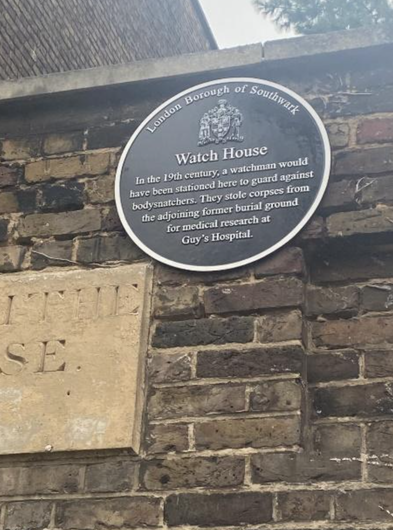

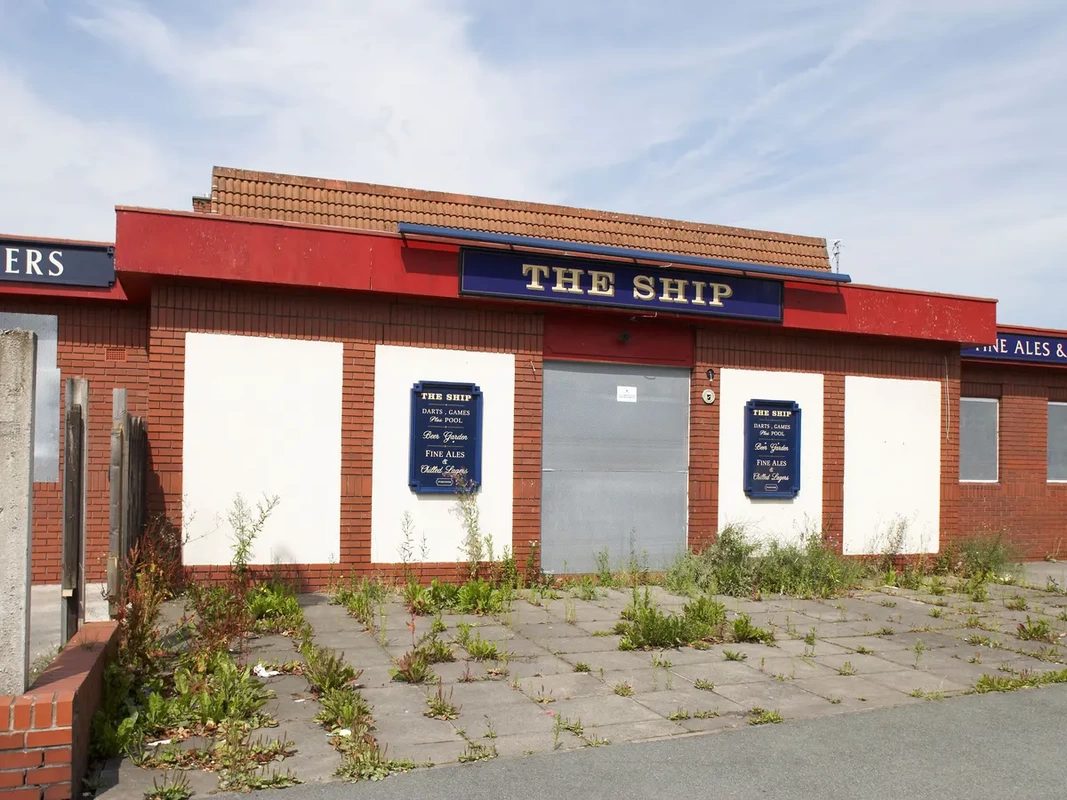
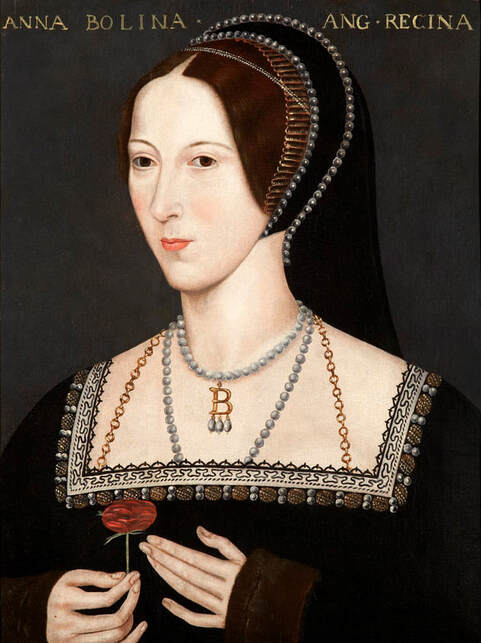
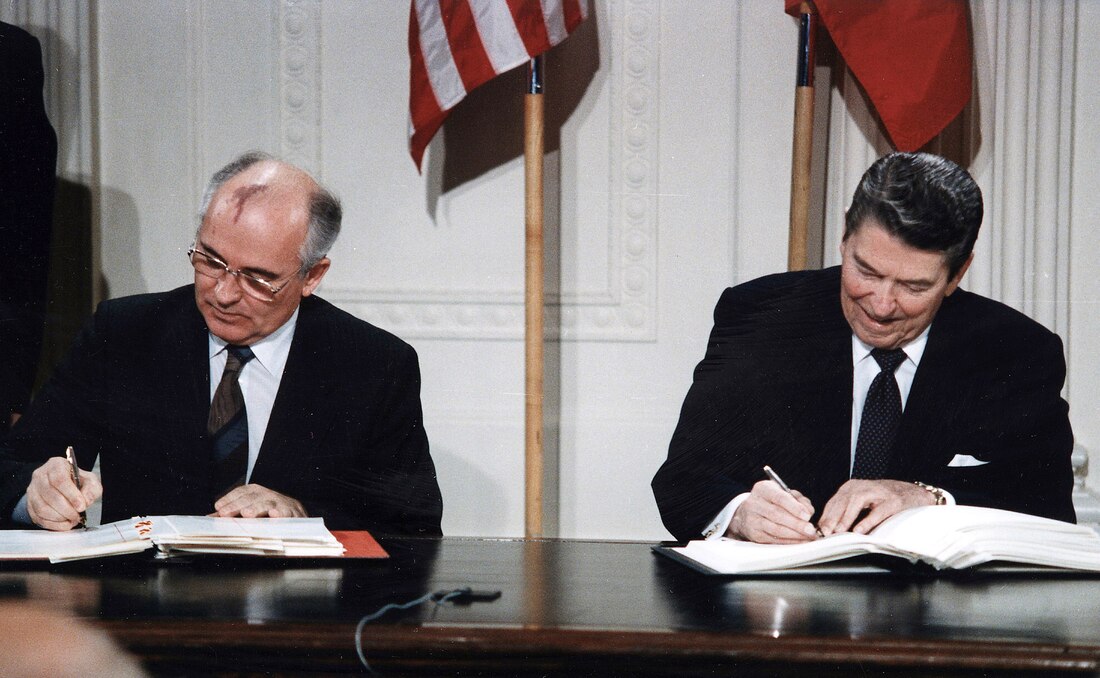
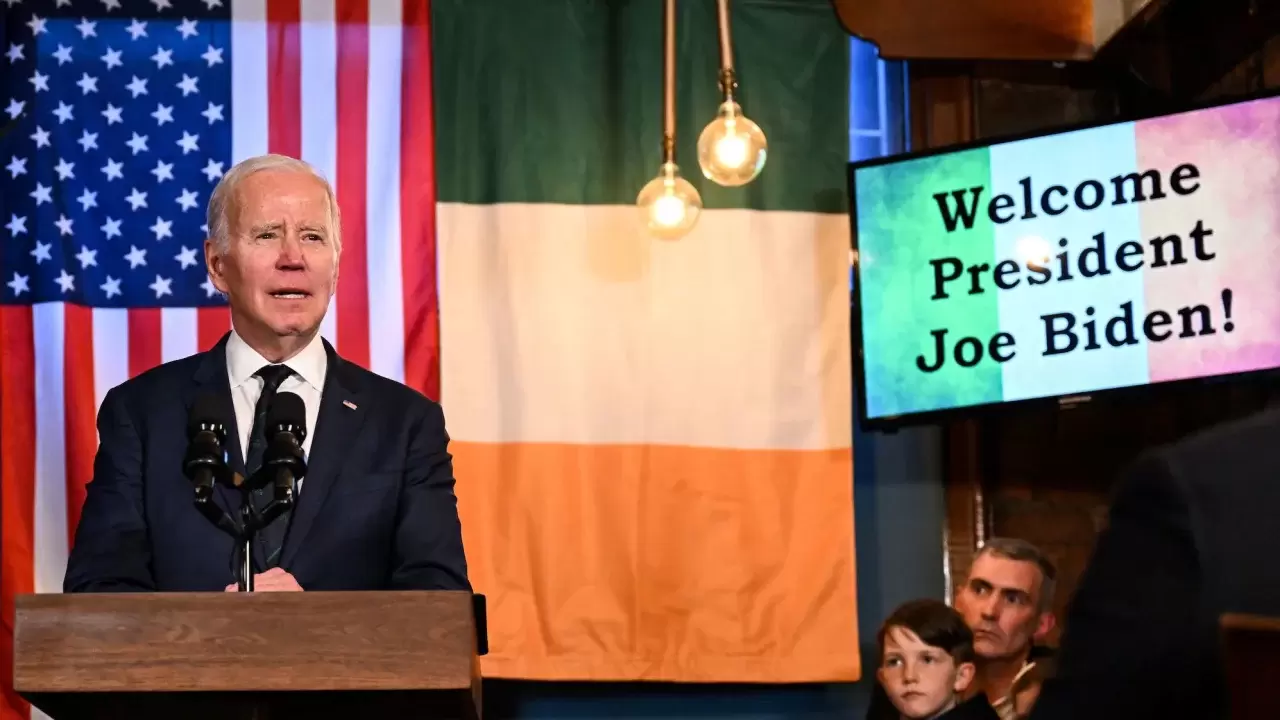
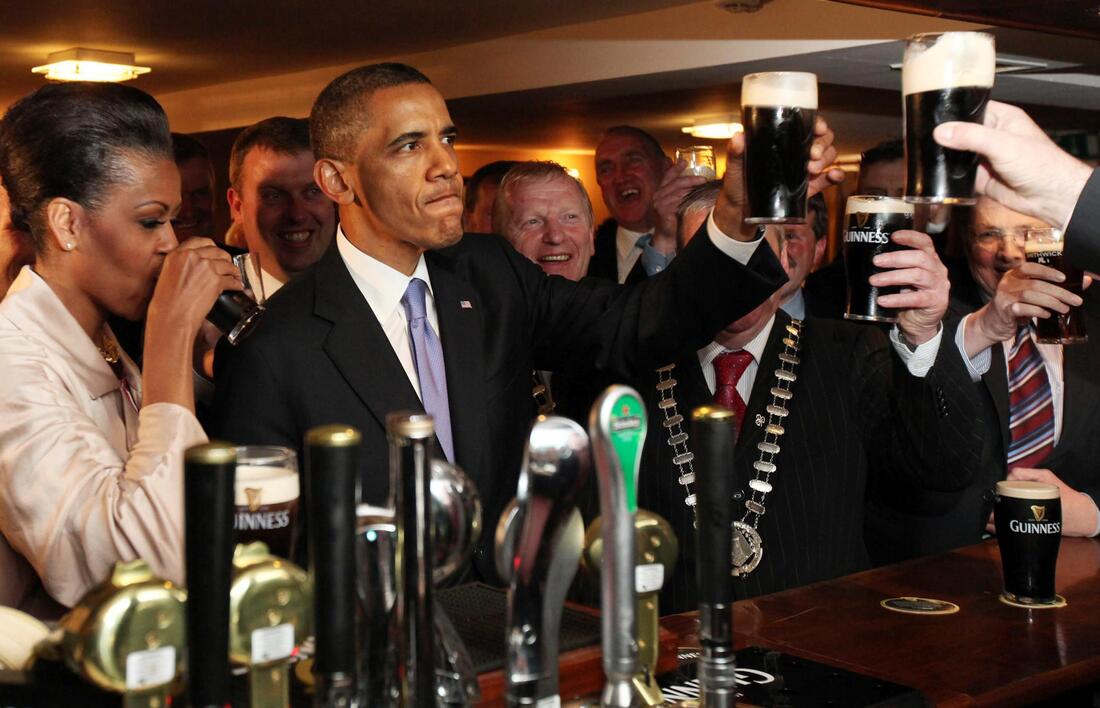
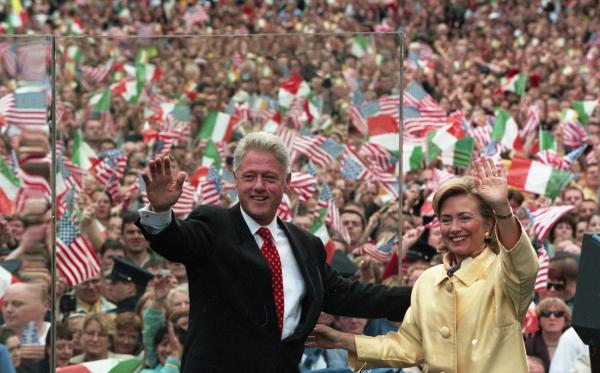
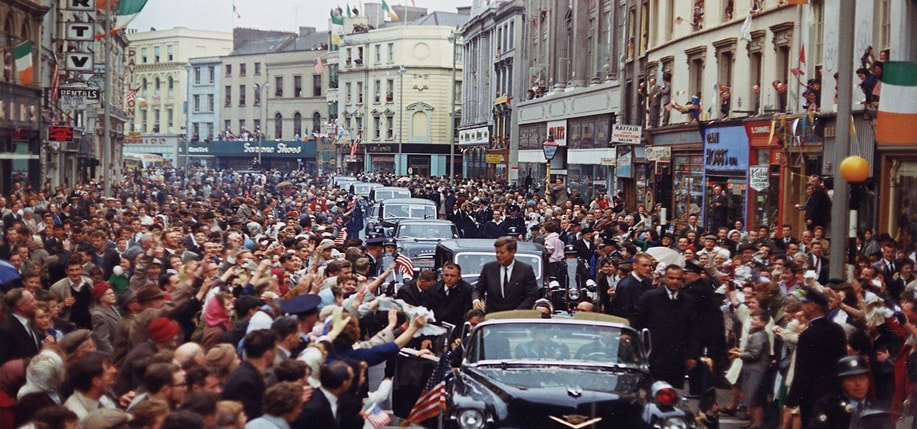
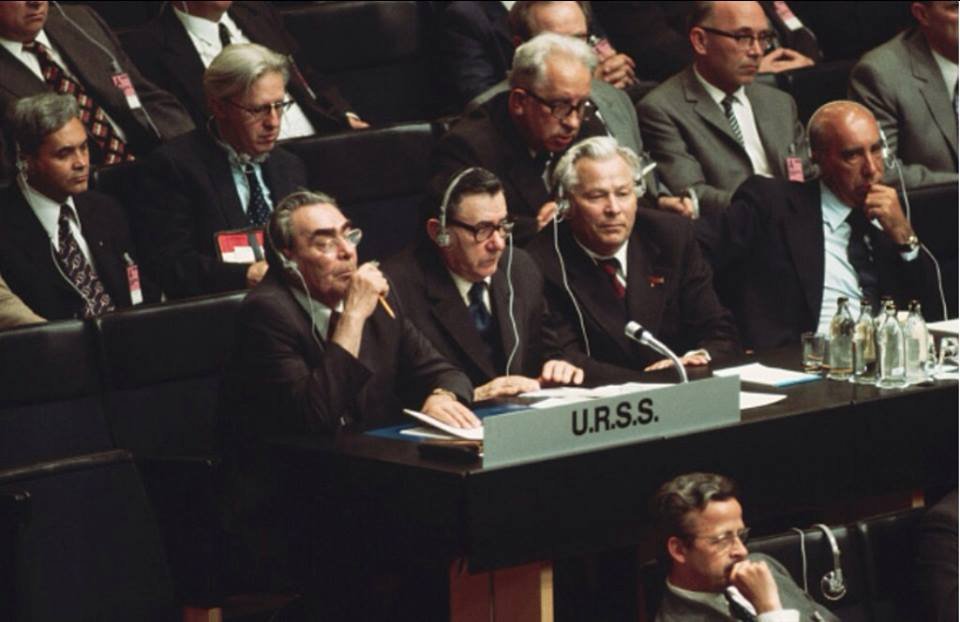
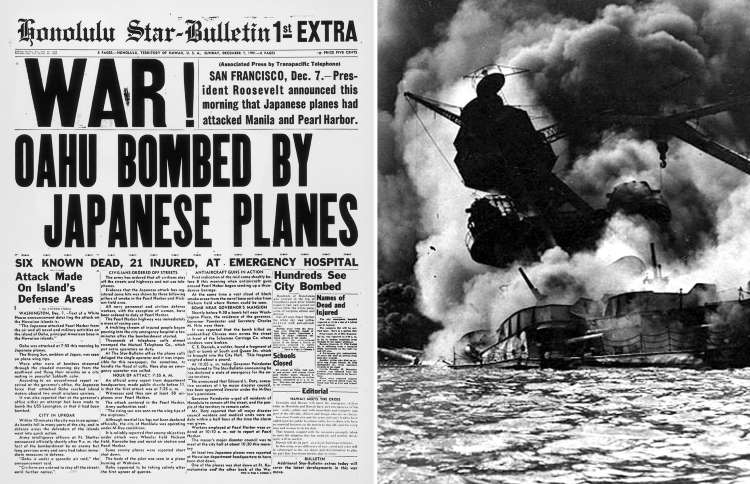
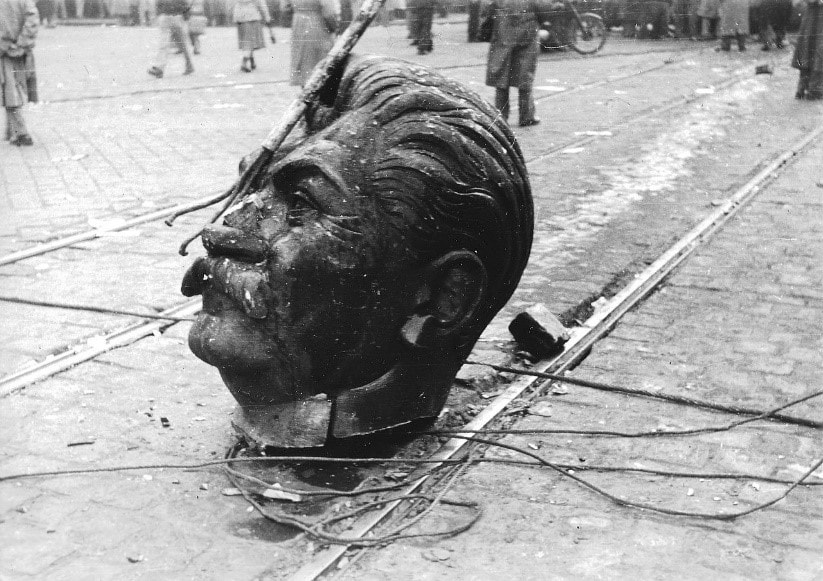
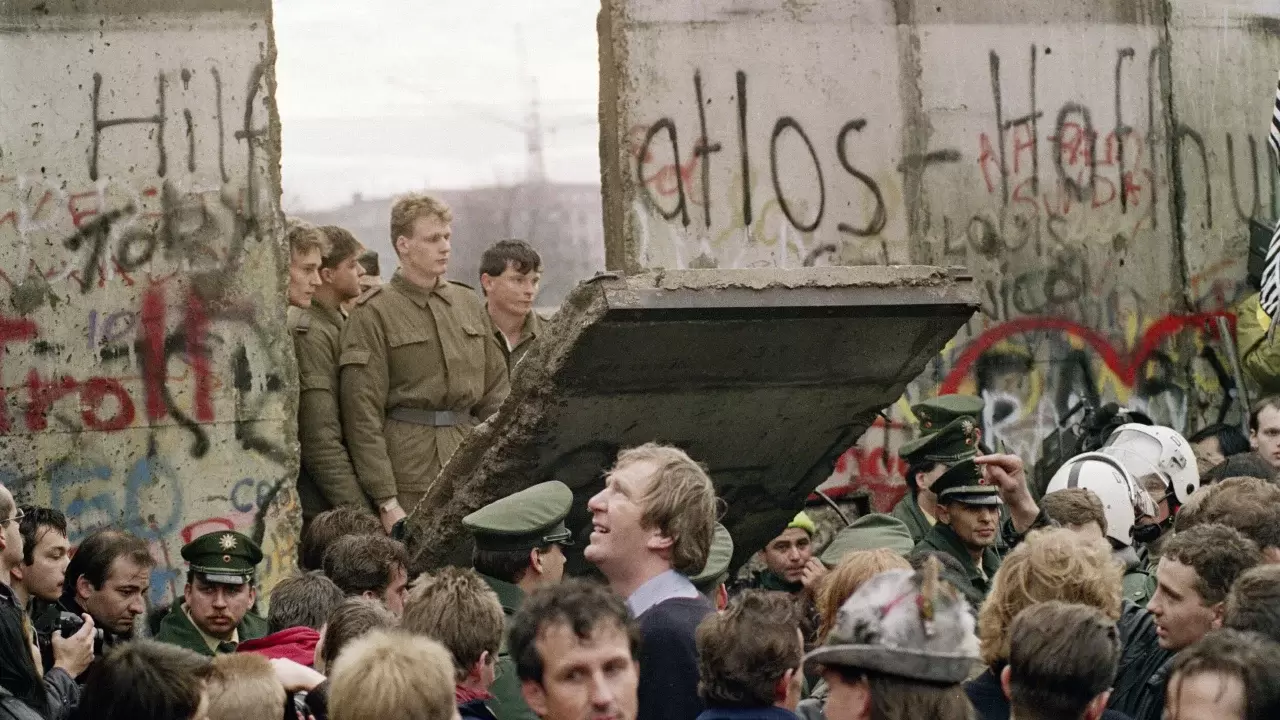
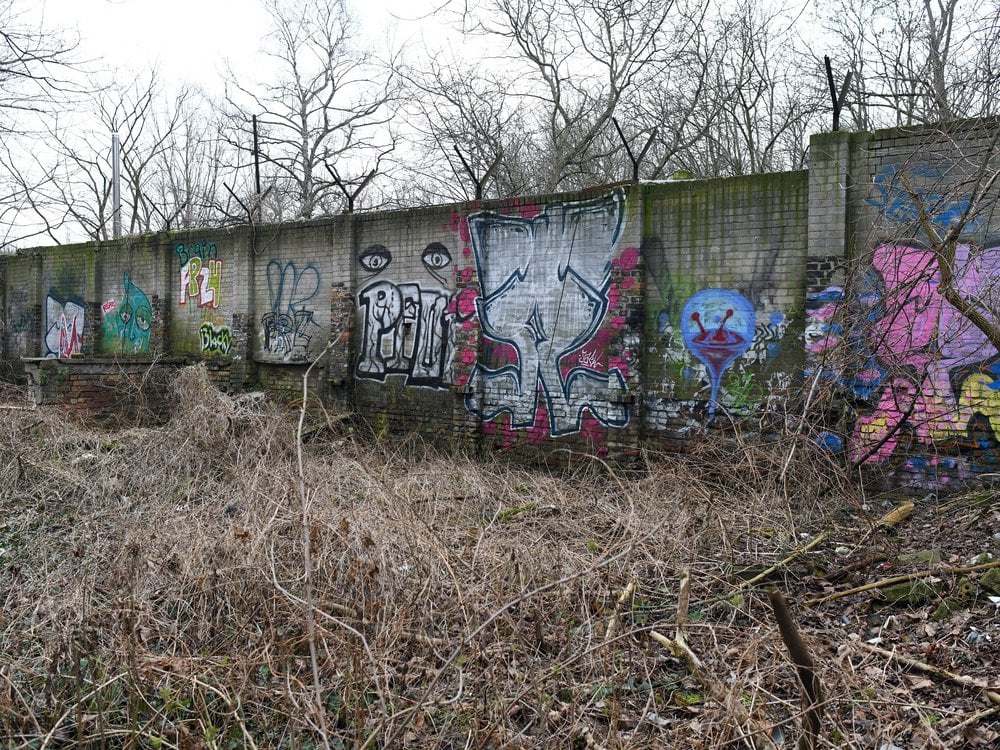

 RSS Feed
RSS Feed